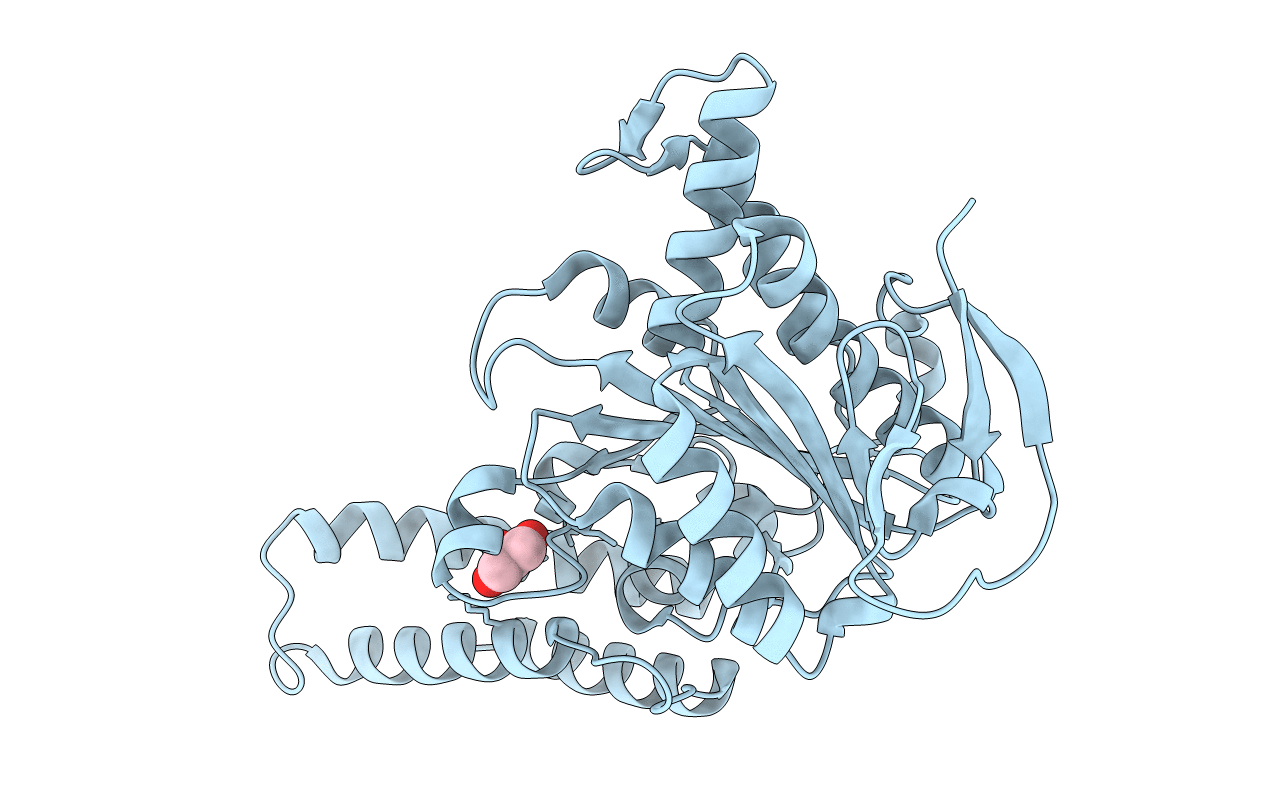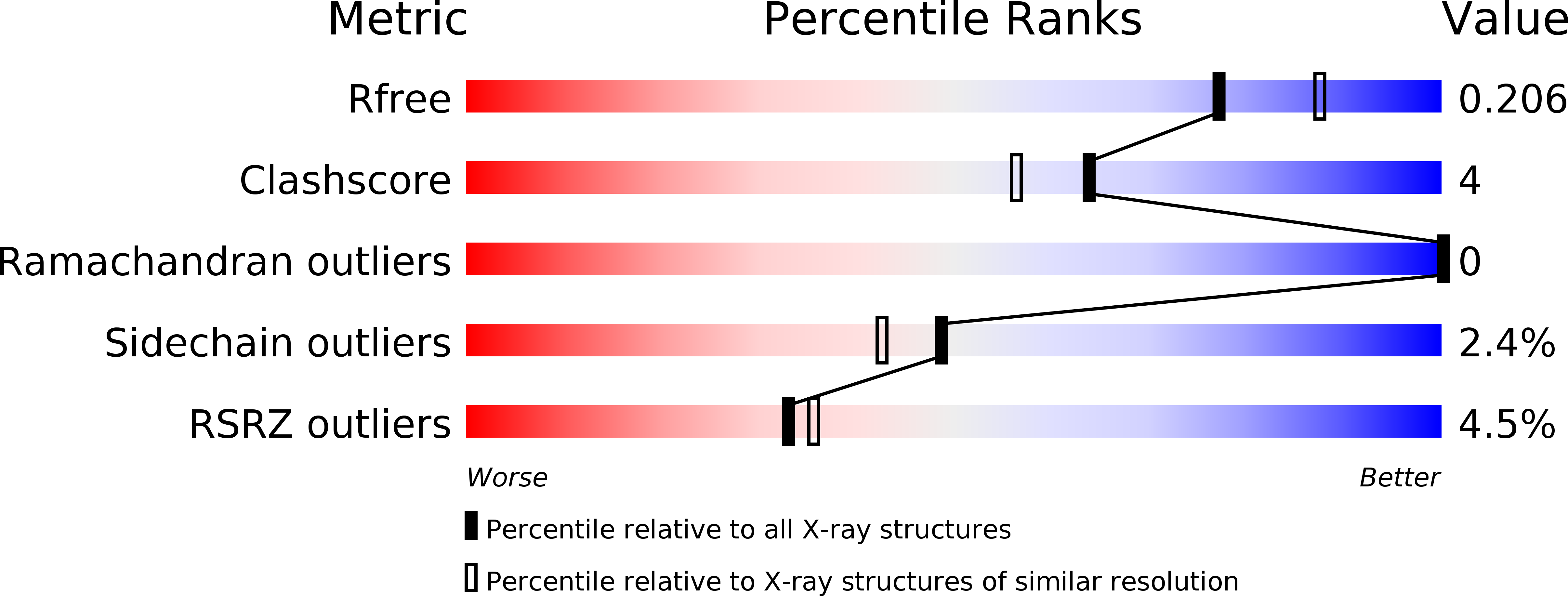
Deposition Date
2019-04-05
Release Date
2019-08-21
Last Version Date
2024-01-24
Entry Detail
PDB ID:
6RAE
Keywords:
Title:
Structural analysis of the Salmonella type III secretion system ATPase InvC
Biological Source:
Source Organism:
Salmonella typhimurium (strain SL1344) (Taxon ID: 216597)
Host Organism:
Method Details:
Experimental Method:
Resolution:
2.05 Å
R-Value Free:
0.20
R-Value Work:
0.16
R-Value Observed:
0.16
Space Group:
P 65


